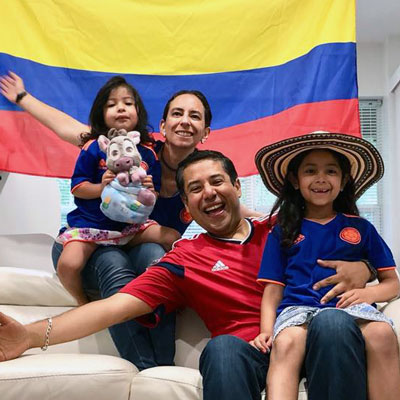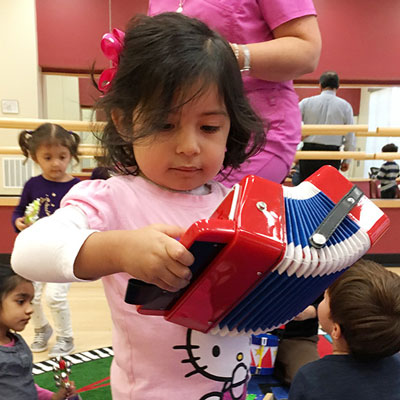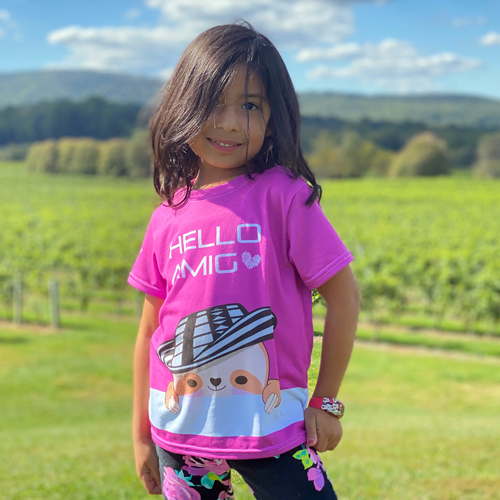The importance of identification in multicultural children’s development.
By: Camila Garcia Voelkl.
Have you asked yourself the question, who am I? What is defining me and my identity? Have you asked the same question to your child?
This is not a post about philosophy or existentialism. This is also not a matter of to be or not to be, as Hamlet once wrote. Today I want to talk with you about the importance of self-identification to understand diversity, racism, and create cultural awareness and why we, as parents, need to take the matter into our own hands.
As someone working with parents and children of many backgrounds, I learned about the importance of children developing a good sense of their identities, and most importantly, about building identification.
When someone asks us who we are, we normally start with our names, gender, and where we were born. All these are aspects that will remain the same in our life. However, we are more than that. When we talk about identity, we also refer to aspects such as religion, professions, skills, and personality traits. These concepts are related to our self-identity plus our social identity which are greatly influenced by our interactions with the environment, therefore, it changes through our life stages.
Self-identity is in general sense self-awareness, how much we know about ourselves and what we like, and dislike our beliefs, and what we identify with. Just as self-esteem, it is very important for children to develop in their early years so they can build a strong sense of who they are. A positive sense of identity is crucial to the development of self-esteem and confidence.
But identity does not come alone. Every child has a social identity as well, which provides them with a sense of belonging. Social identity can come from being part of a community based on ethnicity, religion, shared language, or nationality. For children, this social identity is closely related to what we, as parents consider is “like us”.

“Having a sense of group identity as well as a personal identity also helps a child feel a sense of belonging”.
(Pulido-Tobiassen & Gonzalez-Mena, 1999)
In diverse families and communities, children learn to expect variations in how people, look, act, feel, and they see these variations as normal.
In my case, for example, I was born and raised in Colombia. Variations in the environment were given by religion, economical status, gender but cultural differences were rarely seen. Children like me, who spend their early years in homogeneous families and communities associate themselves with a specific language and culture. This is not the case of my daughters, who, unlike me, are growing immerse in a culture and language that differs from that of their parents. They are used to see people from different countries, colors and listen to different languages and accents and at home, they experience traditions that do not relate to the ones of their friends.
In diverse families and communities, children learn to expect variations in how people, look, act, feel, and they see these variations as normal.
In my case, for example, I was born and raised in Colombia. Variations in the environment were given by religion, economical status, gender but cultural differences were rarely seen. Children like me, who spend their early years in homogeneous families and communities associate themselves with a specific language and culture. This is not the case of my daughters, who, unlike me, are growing immerse in a culture and language that differs from that of their parents. They are used to see people from different countries, colors and listen to different languages and accents and at home, they experience traditions that do not relate to the ones of their friends.
For a multicultural and multilingual family like mine, what is the role of identity and identification?
Children develop a sense of differences since they are born. They will differentiate between their mom’s voice or the voice of a stranger. After several months they can imitate and identify with others in their lives. By the age of three, they are able not only able to distinguish between color and physical differences but also will become aware of differences in language and behaviors.
Their sense of identification starts to build up as they associate themselves and their self-identity with one of the others. So, if you are an immigrant like me, or come from a family of immigrants, you may be familiar with the problem of identification inside a multicultural environment.
Has it happened to you that your children come with questions about their cultural or linguistic differences?
When my older daughter was in 1st grade she came one day asking: Mom, how come I speak differently from my friends? She had noticed that even though she spoke English with other kids, her accent was not the same. There was another time when my youngest was worried about her Thanksgiving work. She was asked to say what type of food she liked best for thanksgiving and was given the options of turkey, pumpkin pie, sweet potato, and others. But, although my family has adopted the tradition of coming together as a family to give thanks, our food is generally Latin food from our country so she was not used to anything the teacher gave her as an example.
In times like this is when children start thinking about what exactly do they identify with? With the culture and language from the country they were born, the one they are living in, the one from home, and their parents?
How children learn to appreciate differences depends on the social meaning attached to them. When children perceive an uncomfortable reaction from someone else about something they are used to, they become alerted as if it is something negative. In those cases, if children have not built a strong identification with that aspect of their identity, they will feel threatened and even try to avoid it.
That is the case, for example, of children who have been told at school that it is not ok to use another language different than English. Some children will later refuse to talk to their parents in their heritage language just to feel identified with their friends.
But things do not need to go this way. Children need to be reassured that differences are fine and understand where they belong in their society. Therefore, we cannot deprive them of the need to understand their roots, to learn the language, to feel that they also belong to that community that is part of their self-identity.
How do we foster identification in our children?
Sense of belonging.
If you are Latino or have Latino descents, then you belong to that community. Well, it is easy to say it but how to feel part of it. AS I was talking at the beginning, my identity says that I was born in Colombia and I feel Colombian and proud of it because I relate to the culture. The same happens to my husband who is from Mexico. But it is not the same for my daughters, who are both born in the U.S with a mix of traditions and language. So, even though their self-identity is related to the Latino community that doesn’t mean they identify with it unless I help them create that identification. Now, how can we do that?

- Teach them the Language. Language and culture are closely related and dependent on each other. They influence the way we see ourselves and can determine the groups with which we identify. It is never too early, never to late to start.
- Respond to children’s questions about why you do certain things the way you do them. Why does Dad add Chile to everything? Asked my daughter once. These are the type of questions that we need to take advantage of to explain them more about the culture If you are unsure about an answer, just tell them you will find out later, or even better, take the opportunity to ask another family member, maybe grandma, about it.

- Promote stories. Take a photo album out and promote stories about your culture and country. Tell them what you liked to do when you were little, the games you liked the most, the songs you used to sing.
- Music plays an important role in identification. Latin music has given Latinos a sense of pride in their heritage and identity. For many Latinos, listening to Latin music is a way to embrace their heritage and identity. Put on music in Spanish, share your favorite artists with them or teach them some typical dances.

- Do not be afraid of showing the world where you come from, celebrate your heritage. Talk to them about your culture and language with pride. Share your flag, clothes, traditions, food with others and feel proud of them. Children learn by example and if they see that there is nothing to feel ashamed of about their heritage, they will grow stronger and will be able to fight against possible discrimination.
- Build a friendship with other Latino families. When children see other children, who share traditions and language with them, they build a stronger sense of belonging. They have someone else to share experiences with and feel the support of a community that empowers them in their culture.
Building identification is easier in some contexts than in others. As Latino parents raising kids in multicultural and multilingual environments, we need to help our children understand who they are and empower them to learn and accept their differences and create a feeling of belonging.
This identification with our heritage cultures and languages is crucial to the child’s development and brings many benefits not only to them but to society.
- Cultural and linguistic diversity is the common heritage of humankind and should be cherished and preserved for the benefit of all.
- Developing your understanding of other cultures, or ‘cultural awareness’, lets you have more meaningful interactions with those around you.
- You are building your respect and empathy for other people and celebrating your differences as well as your similarities.
- Help children and therefore future adults to have a positive sense of themselves.
With a generation empowered and proud of their roots, but more importantly, truly identified with them, the fight against racism and discrimination becomes easier. When you show the world pride in who you are, the world learns to respect you.
If you find this post helpful, help us share it with other parents to raise awareness of cultural diversity. Join our mailing list and become and Amigo Bilingue.
Cooking Arepas with Choko
Do you know what is an Arepa? This very versatile, and delicious food is traditional from Colombia and Venezuela. A very easy recipe you can do at home with your family and enjoy with everyone.
The natural approach for second language aquisition
Let me start by asking you how did you learn your mother tongue? How many classes did you take to learn how to call your mom or how to ask for more food when you were a baby? None. Learn more about The Natural way approach when learning a second language.
Life is a carnival and whoever lives it is who enjoys it!
Have you ever witnessed and / or participated in a carnival? Here are some recommendations of recognized Latin American carnivals.


